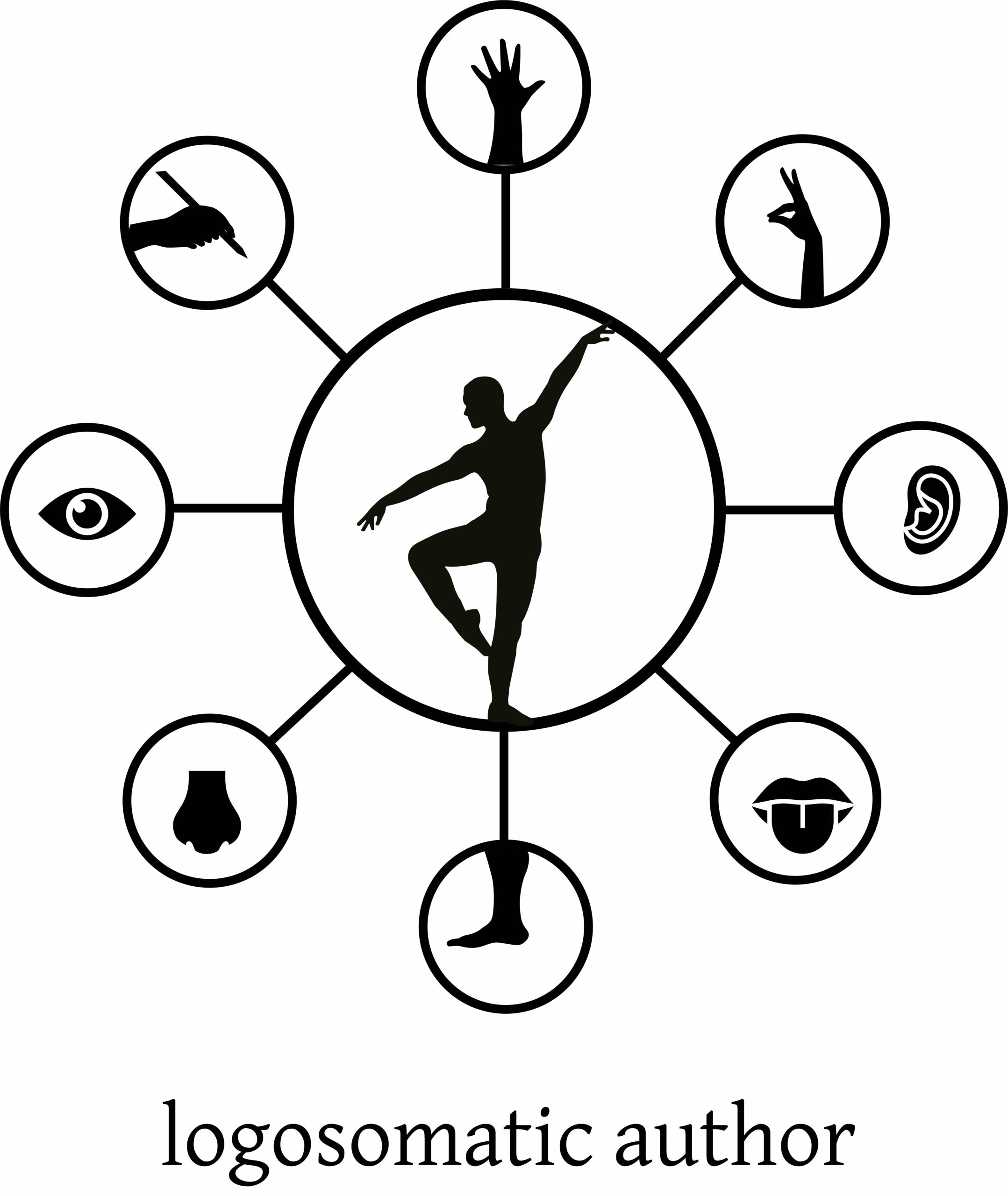Some activities remain deeply human, including those based on bodily intelligence, which we will call ” logosomatic.” Artificial intelligence has no body.
Anything that is deeply connected with the body takes on new prominence today because of its distinctiveness from artificial intelligence.
There are people who have expressed intellectual activities deeply connected to the body at very high levels. In Italy, think for example of chef Massimo Bottura, dancer Roberto Bolle, and performer Antonio Rezza. These authors have explored multimedia ways of sharing their logosomatic intelligences. Artificial intelligence and virtual and augmented reality technologies can open up new scenarios for these types of intelligence, which expands to include all those who perform manual activities with conceptual implications. Suffice it to think, of course, of sculptors, painters, printmakers, and so many artists and craftspeople who have achieved excellence in works inseparable from gestures, made in unique and unrepeatable forms, people who base their work on bodily authorship.
The Homo Extensus revolution can finally evolve these expressions into recognizable and shareable thought forms thanks to technology.
Think, for example, of immersive forms of tasting, in which a chef’s invention becomes a multimedia experience. In neuroscience, the effects of sounds and images on taste are being experimented with, and all of this enables the design of multisensory forms of dining, with projections, music, virtual environments.
Or we imagine phygital artworks-hybrids between physical and digital-that activate extended reality content to share the author’s experience in the bodily process of creating the work itself.

The image is released under a Creative Commons Attribution 4.0 International (CC BY 4.0) license. Work by Gualtiero and Roberto Carraro – Homo Extensus. Please quote the authors and link to the original page


